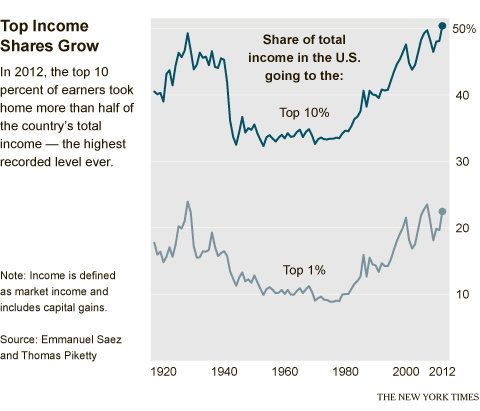Cross posted from [The Stars Hollow Gazette
Have the House Democrats finally realized there is a way to beat the recalcitrant Republican majority? Somebody in the Democratic caucus must have been up watching old movies on Netflix and remembered an old House rule called a “discharge petition”
A discharge petition is a means of bringing a bill out of committee and to the floor for consideration without a report from the committee and usually without cooperation of the leadership. Discharge petitions are most often associated with the U.S. House of Representatives, though many state legislatures have similar procedures. They are used when the chair of a committee refuses to place a bill or resolution on the Committee’s agenda; by never reporting a bill, the matter will never leave the committee, and the full House will not be able to consider it. A successful petition “discharges” the committee from further consideration of a bill or resolution and brings it directly to the floor. The discharge petition, and the threat of one, gives more power to individual members of the House and usurps a small amount of power from the leadership and committee chairs. The modern discharge petition requires the signature of an absolute majority of House members (218 members). Only twice has it been used successfully on major legislation in recent history.
Democrats plot a way to bypass Boehner
Rachel Maddow explains how congressional Democrats are considering the use of the discharge petition to get votes on immigration and the minimum wage.
House Dems seek to force GOP’s hand on minimum wage hike
By Mike Lillis, The Hil
CAMBRIDGE, MD – House Democrats are launching an effort to force Republicans’ hand on the minimum wage.
The Democrats will introduce a discharge petition later this month designed to force a floor vote on a proposal to hike the minimum wage, even in the face of entrenched opposition from GOP leaders.
The discharge petition faces a high bar, as it would require at least 18 Republicans to buck their leadership and endorse the measure – a scenario the Democrats readily acknowledge is unlikely.
“I don’t think we’re ever confident that we’re going to get 18 Republicans to sign a discharge petition,” House Minority Whip Steny Hoyer (D-Md.) conceded during the Democrats’ annual issues retreat on Maryland’s Eastern Shore. [..]
Hoyer said he hasn’t yet surveyed the Democrats to learn exactly how many would endorse the discharge petition, but he predicted it will be “close to everybody.”
Schumer Offers Long-Shot Option to Skirt House G.O.P. on Immigration
By Ashley Parker and Jonathan Weisman, The New York Times
WASHINGTON – Senator Charles E. Schumer, Democrat of New York, offered a long-shot option on Thursday to revive the moribund effort to overhaul the nation’s immigration laws that would require the support of more than a dozen House Republicans – and, if nothing else, pressure others to act on an election-year issue that Tea Party-aligned members strongly oppose. [..]
Mr. Schumer was responding to a recent column in The Washington Post by E. J. Dionne Jr., suggesting that Democrats go the route of the discharge petition. He also suggested during a “Meet the Press” appearance on Sunday that Congress could pass immigration legislation this year, but delay its implementation until 2017, to assuage the concern of many Republicans who say they do not trust President Obama to enforce the laws.
Now the issue is getting enough Republicans to vote with the Democrats. It’s an election year and there are a number of Republican seats that are vulnerable. So what will the Republicans do if the Democrats get all their members to sign on to a discharge petition? The bigger question is will House Minority Leader Nancy Pelosi (D-CA) be able to rally the troops? We’re watching.

